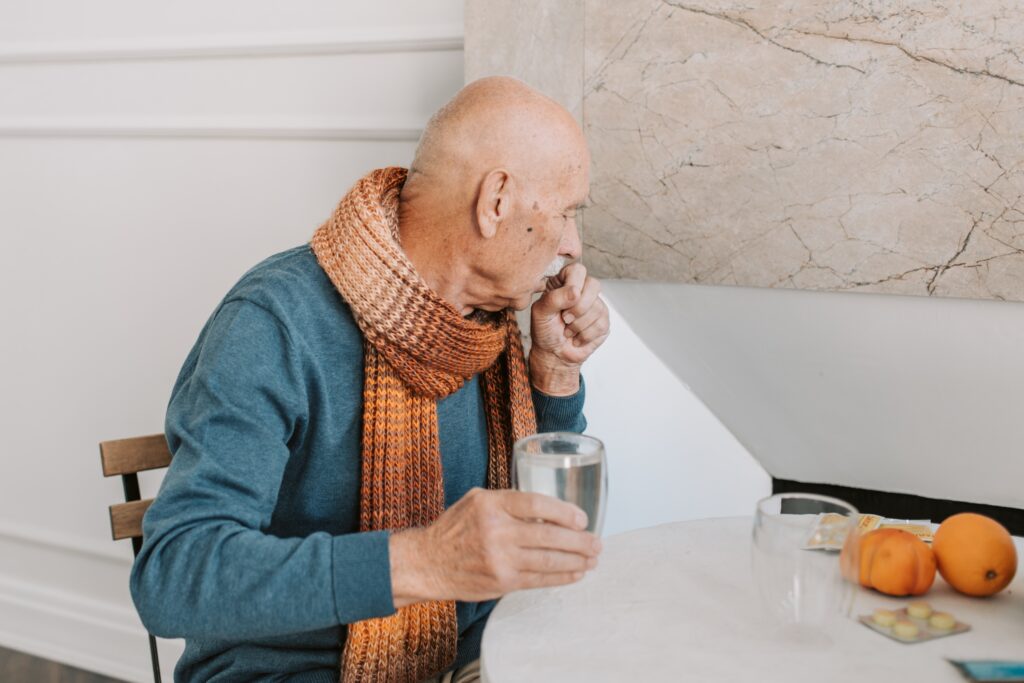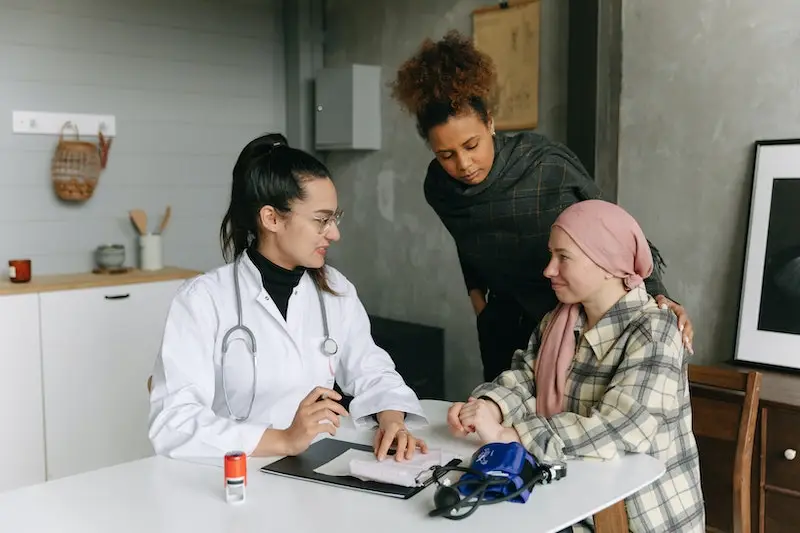Why winters need more care
Numerous research examining various variables that may impact the degree of pain has been carried out throughout the years. These include the following: air temperature, humidity, barometric pressure, and solar exposure.
Examining the relationship between cold temperature and muscle/joint discomfort is challenging. Additionally, it is challenging to draw a clear connection because of outside influences, including food, exercise, and general health. Furthermore, since patients self-report their pain, assessments might be highly subjective.
According to several studies, various climatic factors can impact multiple pre-existing conditions. It was discovered that rheumatoid arthritis deteriorated in cold, humid, high-pressure environments, while osteoarthritis and fibromyalgia worsened in cold, humid, and high-pressure environments.
Why therapy can be a safe option for prevention
Cold touches of flu and other respiratory ailments are more prevalent in the colder months. Since more people spend time indoors, infections can spread more quickly from one person to another. The dry, chilly air may also lessen resistance.
But catastrophic illnesses like pneumonia can strike those with compromised immune systems, asthma, or ailments of the lungs and breathing passageways. Children and adults frequently miss school and work due to common colds. Millions of Americans have a common cold each year.
Seasonal affective disorder (SAD) can be treated using various methods, such as cognitive behavioral therapy (CBT). The most frequent health issue affecting elderly individuals in cold weather is joint discomfort and stiff muscles. In the winter, various modalities, including hot and cold therapy, TENS therapy, and therapeutic massages, can assist manage joint pain and release muscles.
Winters include a lot of allergens in the air, which is the primary cause of asthma. Therefore, cold weather can also cause asthma episodes. People with Asthma have delicate airways, which are made worse by cold or wet weather.
Diaphragmatic breathing exercises and pursing-lip breathing techniques are frequently used to prevent aberrant breathing patterns in people with asthma.
Why is therapy a leading option among people
The main grouping by the treatment goal highlights the three key domains—the maintenance of function, including cognitive functions, the management of challenging behaviors, and the decrease of comorbid emotional disorders.
Rehabilitative programs of the highest caliber put a whole person at the center of treatment in their setting and are specially designed to meet that person’s identified needs, abilities, and limits. This procedure is the same for those who have dementia, albeit programs would need to be modified to account for cognitive, perceptual, or emotional factors.
Adapting programs to each person’s needs may take time, adaptive tools, communication techniques, and alternative staffing arrangements.
Reminiscence therapy may involve conversing with your loved one about their birthplace, academic career, professional life, or preferred pastimes. It can be done in groups or one-on-one as part of structured therapy.
A systematic program called cognitive stimulation treatment (CST) is designed for groups of persons with moderate to mild dementia. The group participates in mentally stimulating activities during sessions, such as discussing current events, singing, word games, or following a recipe.
Basic information like the person’s name and the time and date is covered in reality orientation training.
Managing pain in winters can be challenging
Ever notice how the moment the weather changes, you want to curl up under a blanket? This response results from a change in muscle contraction brought on by the drop in body temperature; the tightening of muscles and the resulting blood flow restriction can result in soreness, pains, and nagging pains.
Winter doesn’t have to be a drag for you; with a few simple techniques and adjustments, you can find comfort and relief immediately and resume enjoying the holidays. Choose the greatest therapy you can but ensure it won’t prevent you from moving around in the cold or other low-temperature areas.
Resources
Check out our Resources Section for more information on topics like health, lifestyle, rehabilitation, and many more by clicking here.





